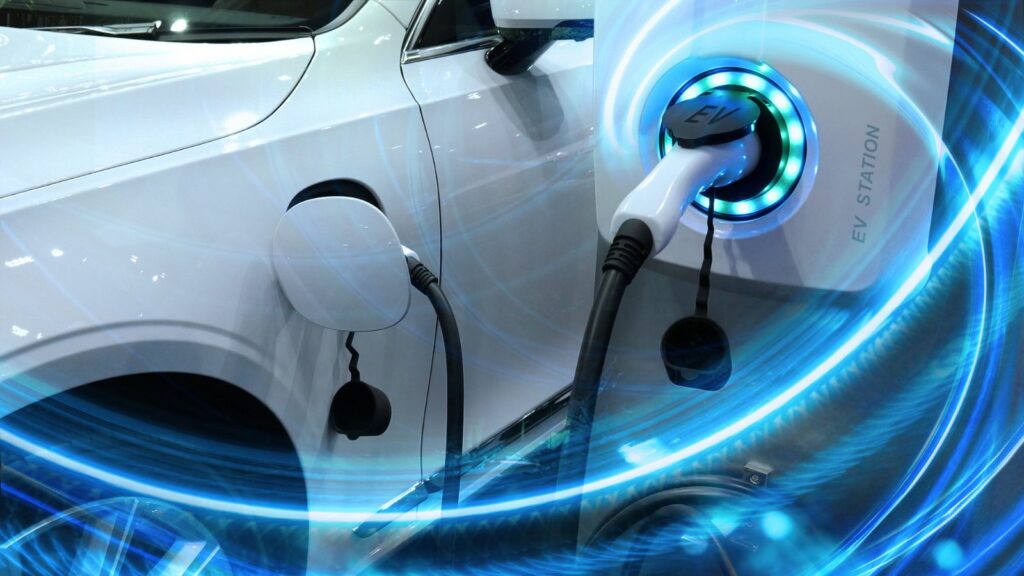Electric vehicles have been marketed as the future of transportation, a cleaner, more efficient alternative to gas-powered cars. But when the rubber meets the road, the ownership experience often feels less glamorous than the slick commercials promise. EVs certainly have their strengths, but as more buyers live with them day to day, frustrations and shortcomings are becoming hard to ignore. Here are twenty major disappointments with the latest electric vehicles that highlight how far the technology still has to go before it truly replaces gasoline cars.
Limited Real-World Range
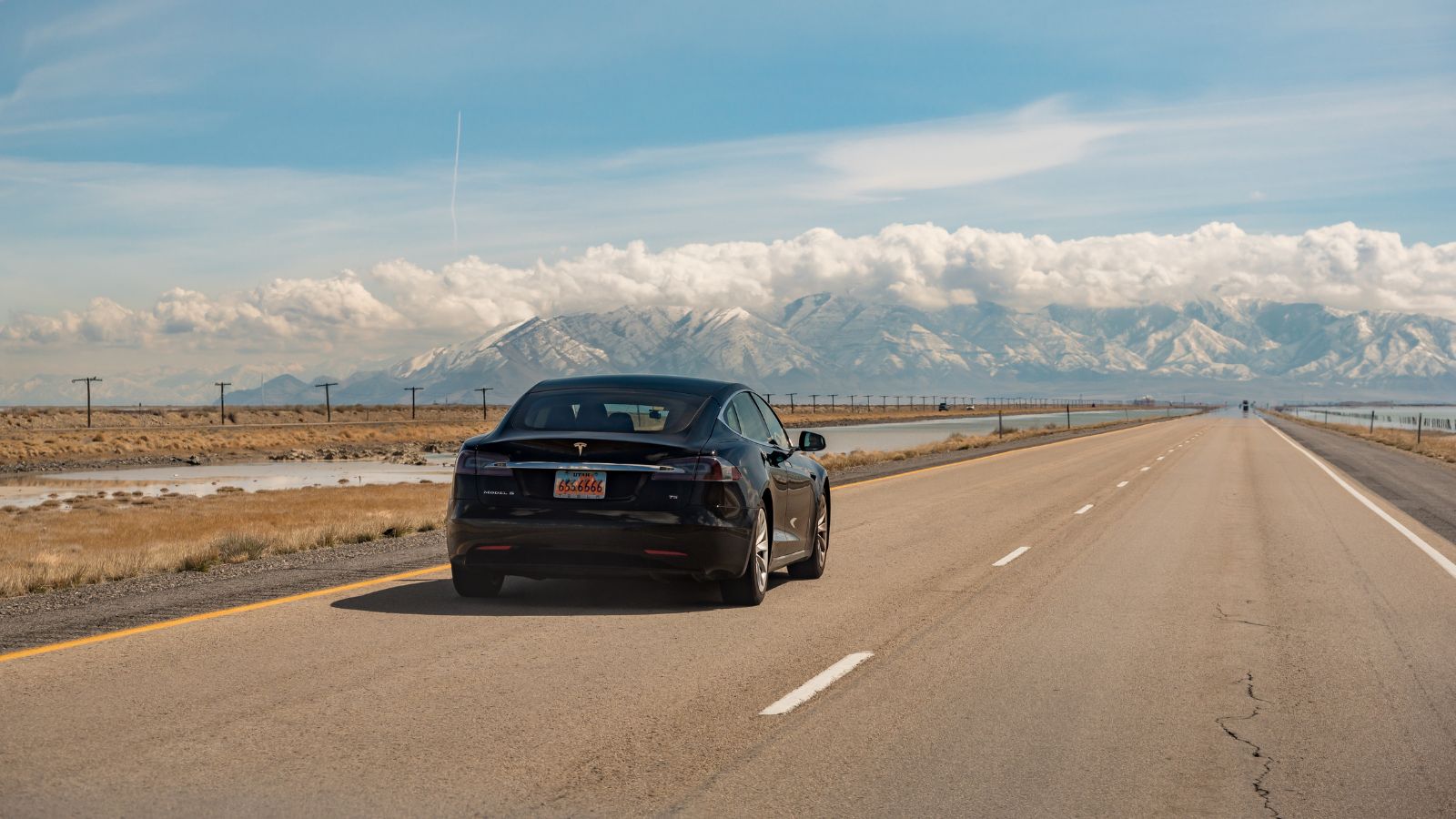
On paper, many EVs boast 300 miles or more per charge, but real-world driving often paints a different picture. Cold weather can sap batteries, highway driving eats into range faster than expected, and spirited acceleration makes the numbers plummet. Owners who thought they could easily manage long trips often find themselves nervously watching the range meter drop faster than anticipated.
Charging Infrastructure Gaps
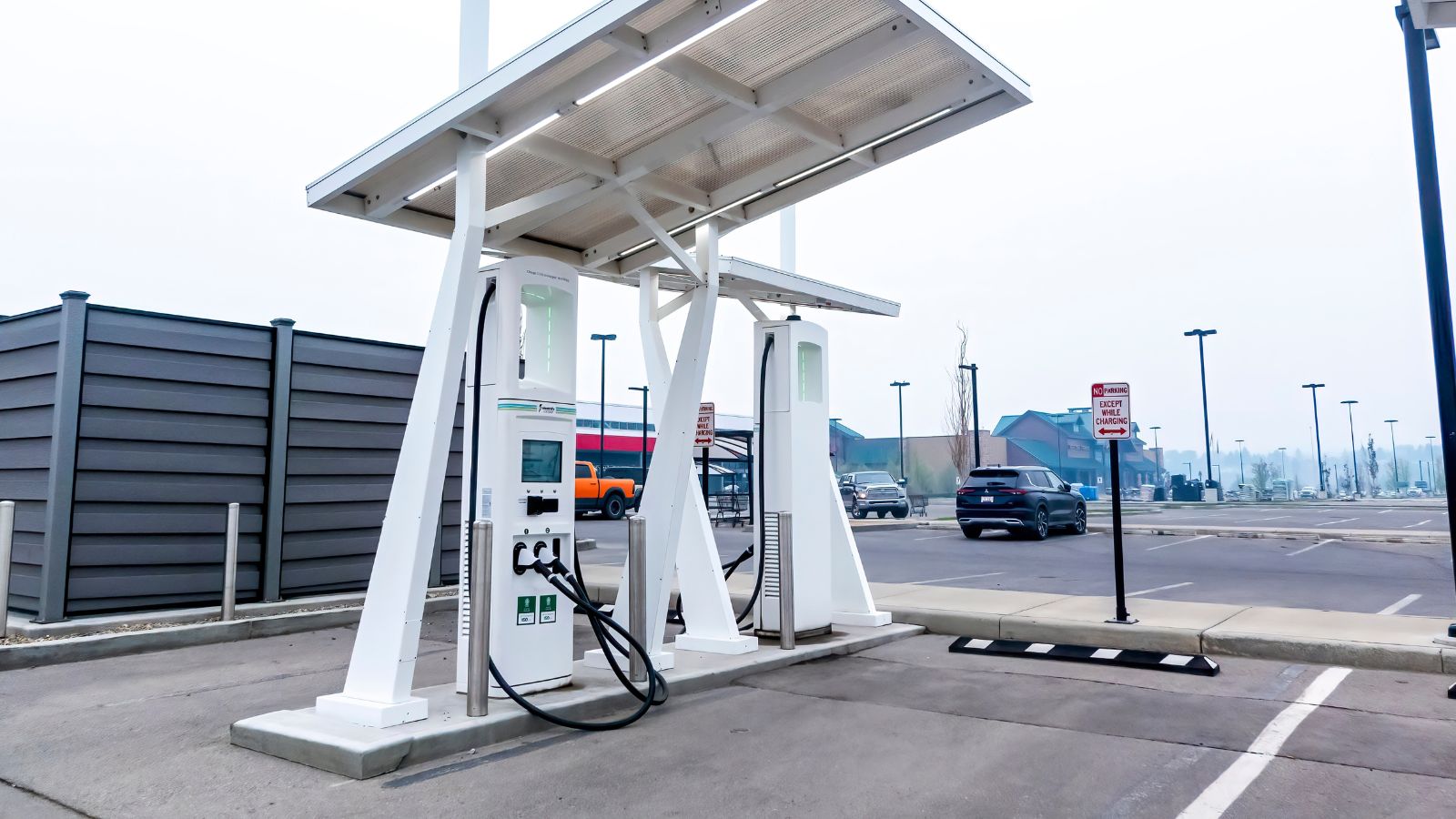
While big cities are starting to fill up with charging stations, the picture looks bleak in smaller towns and rural areas. Canada especially struggles with the vast distances between communities. Planning a cross-country road trip in an EV feels more like a chess match than a relaxing drive, with every stop carefully mapped out to avoid being stranded.
Long Charging Times

Yes, rapid chargers exist, but even the fastest ones take far longer than a gas pump. Instead of five minutes to fill up, you could be waiting 30 to 45 minutes for enough juice to continue. That’s fine if you’re grabbing lunch, but not so convenient when you’re late for work or stuck in the middle of nowhere.
Inconsistent Charging Speeds
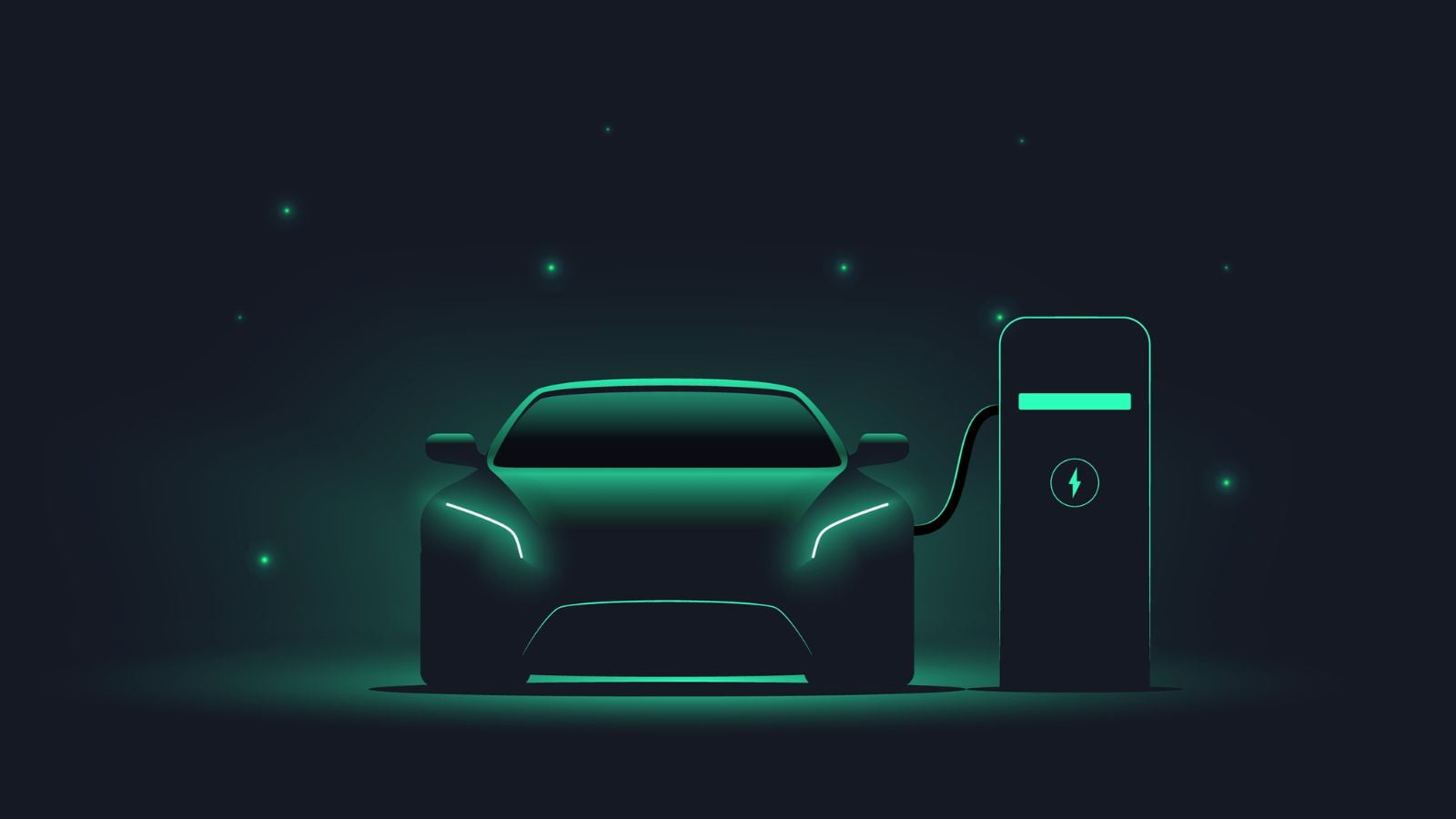
Even worse, advertised charging speeds don’t always match reality. A station might claim 350 kW capability, but depending on your car, the weather, or even how many people are charging nearby, the actual speed can be a fraction of that. Drivers expecting a “fast charge” often find themselves frustrated by a trickle instead of a torrent.
High Purchase Prices

Despite government incentives, EVs remain expensive. Many of the newest models carry sticker prices well above their gas-powered equivalents. Add in dealer markups or long waitlists, and the promise of affordability feels far away. For buyers on a budget, EVs can still seem out of reach.
Expensive Battery Replacements
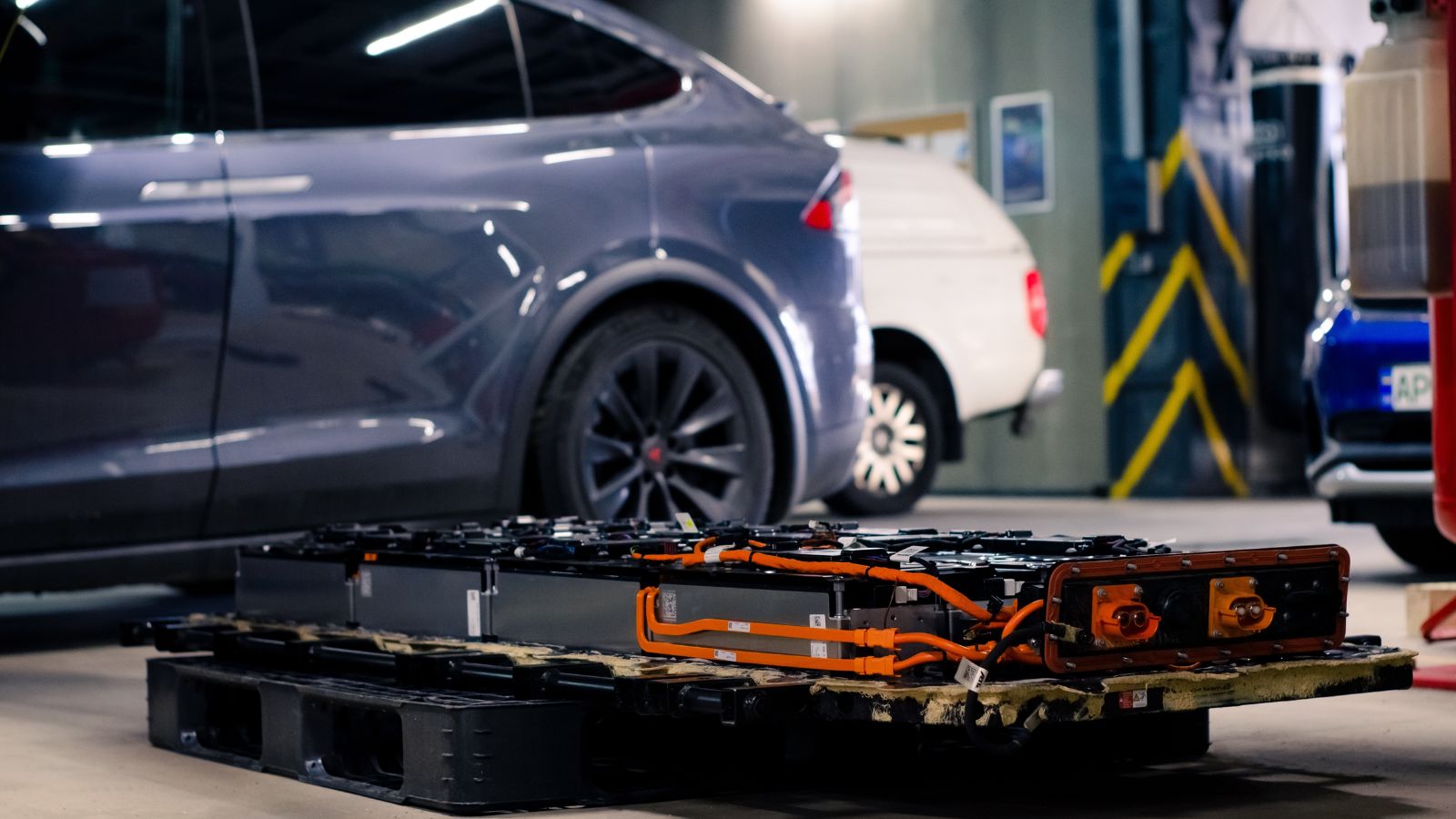
Batteries are the beating heart of an EV, but they’re also the most fragile and costly component. Once they degrade beyond useful range, replacements can cost tens of thousands of dollars. Even if warranties cover the first eight years, buyers worry about what happens after that, and whether today’s EVs will be usable long-term.
Resale Value Concerns

Unlike a Toyota Corolla or a Honda Civic, many EVs suffer from steep depreciation. Shoppers hesitate to buy used EVs, worrying about outdated technology or reduced battery health. Some models have lost value so quickly that owners feel burned just a few years into ownership. It makes resale a gamble, especially in an industry where tech evolves so fast.
Excessive Weight
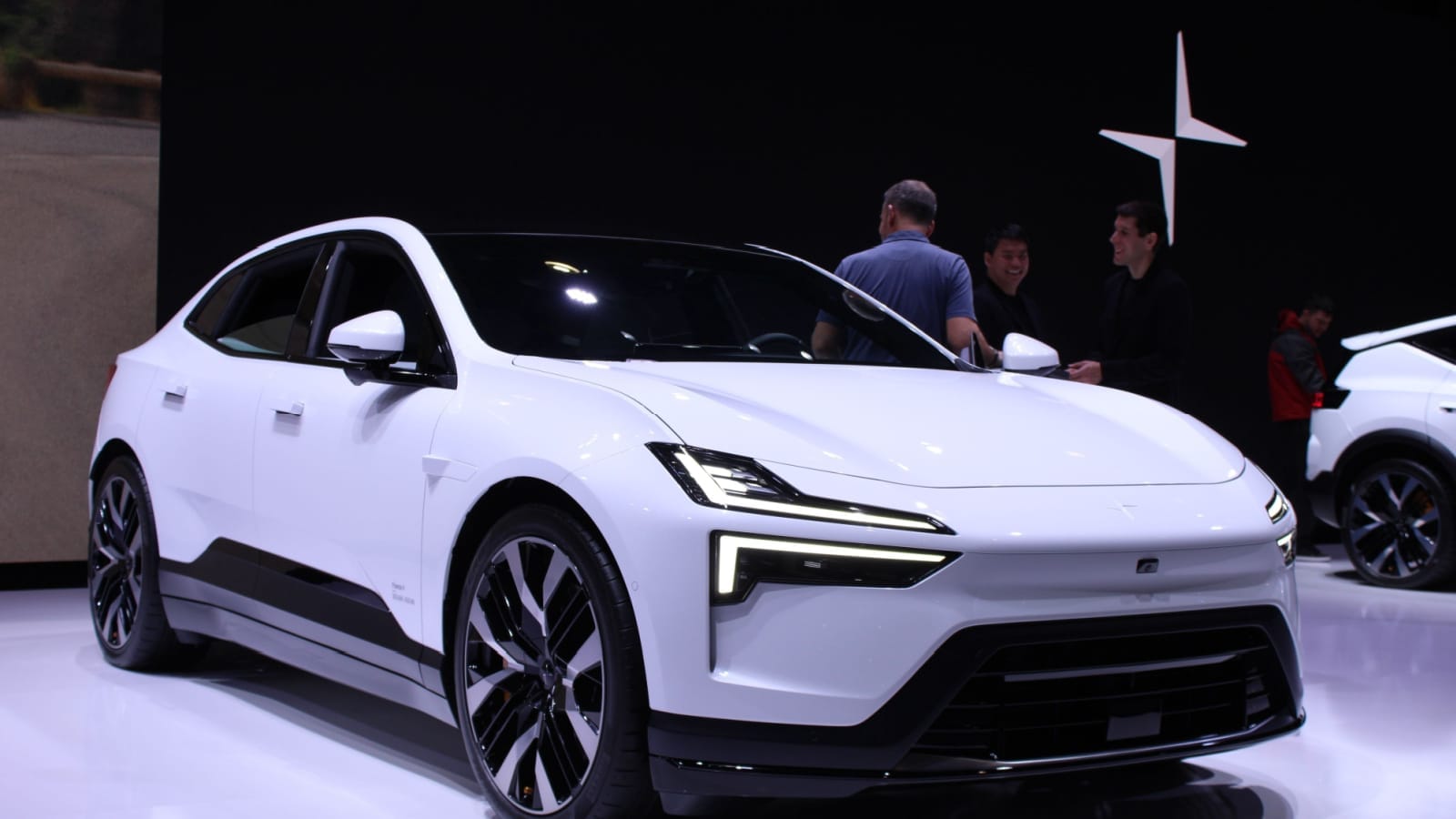
EV batteries are heavy—sometimes adding 1,000 pounds or more compared to a similar gas-powered vehicle. That extra weight affects handling, braking, and even road wear. Many drivers are surprised to find their EV doesn’t feel as nimble as expected, especially compared to a lighter gasoline car in the same category.
Rapid Tire Wear
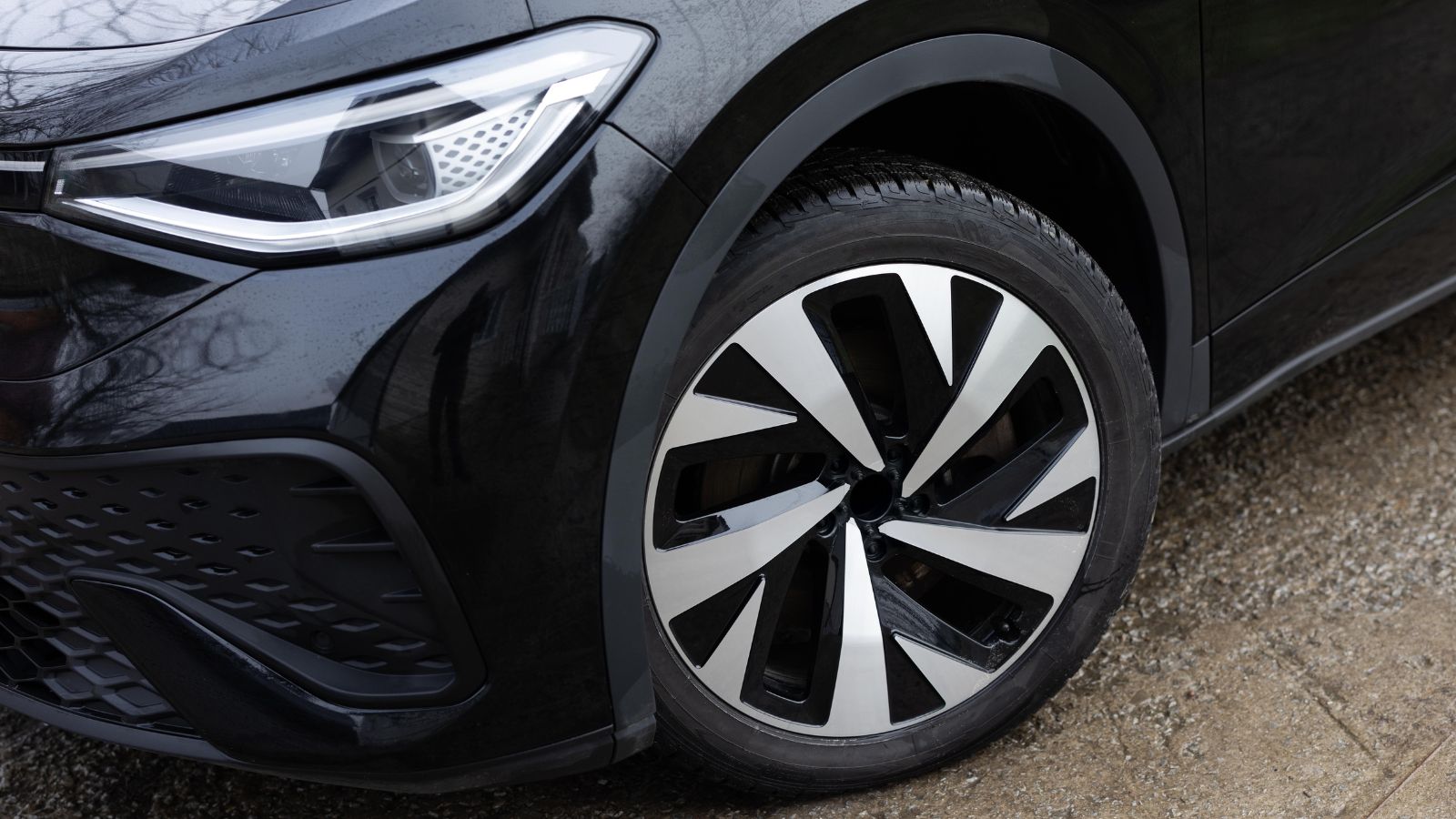
The instant torque of an EV feels great, but it chews through tires at a shocking pace. Owners report needing replacements far sooner than they did with gas cars. Combine that with the added weight pressing down on the rubber, and tire costs can become a regular, expensive reality of EV ownership.
Range Drops in Extreme Weather
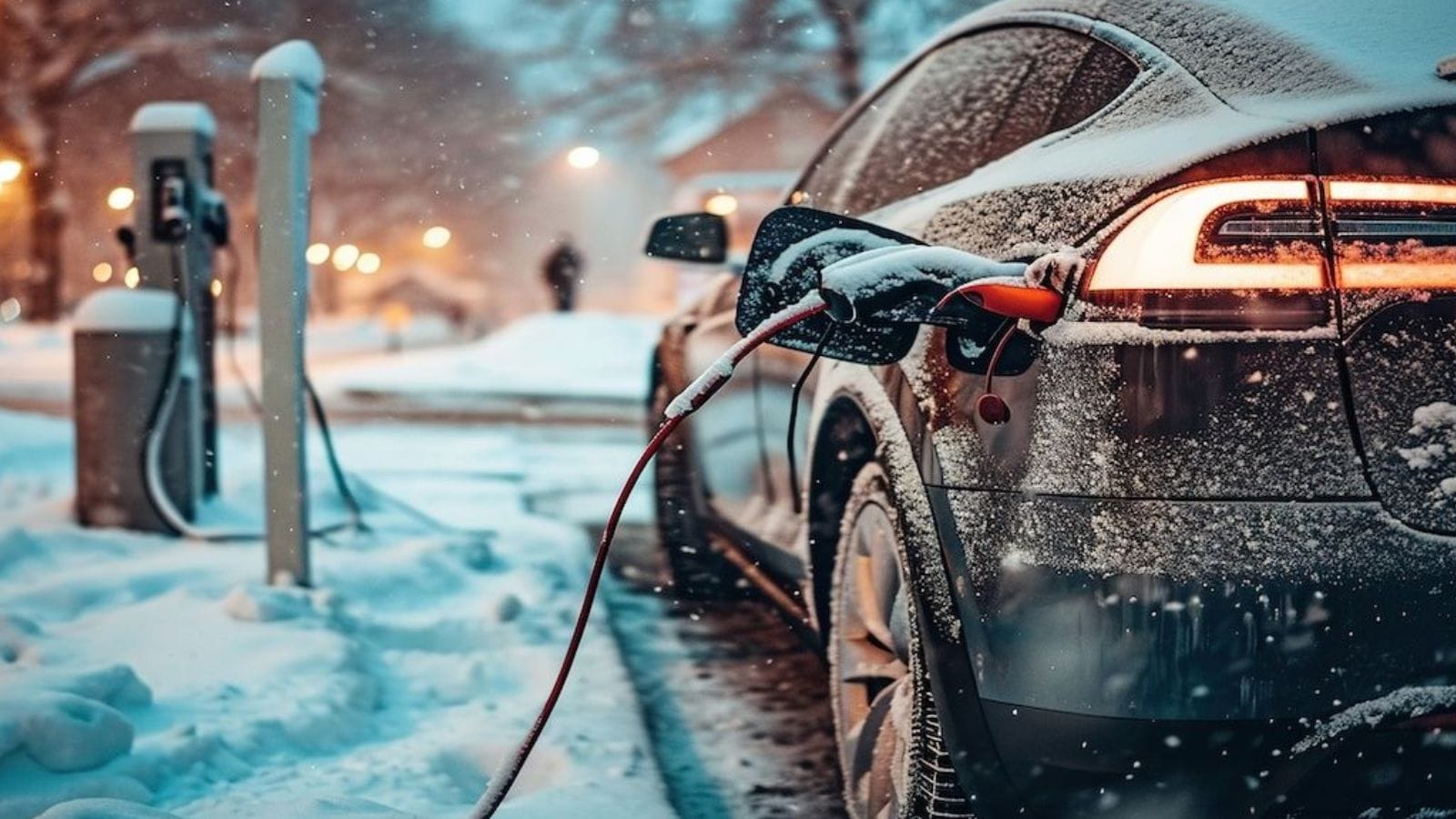
Canadian winters are particularly punishing for EV owners. Cold batteries lose efficiency, heating systems draw massive amounts of power, and range can plummet by nearly half. The same happens in scorching summers when air conditioning works overtime. That “300 miles of range” suddenly feels more like 150 when you need it most.
Weak Towing Capabilities
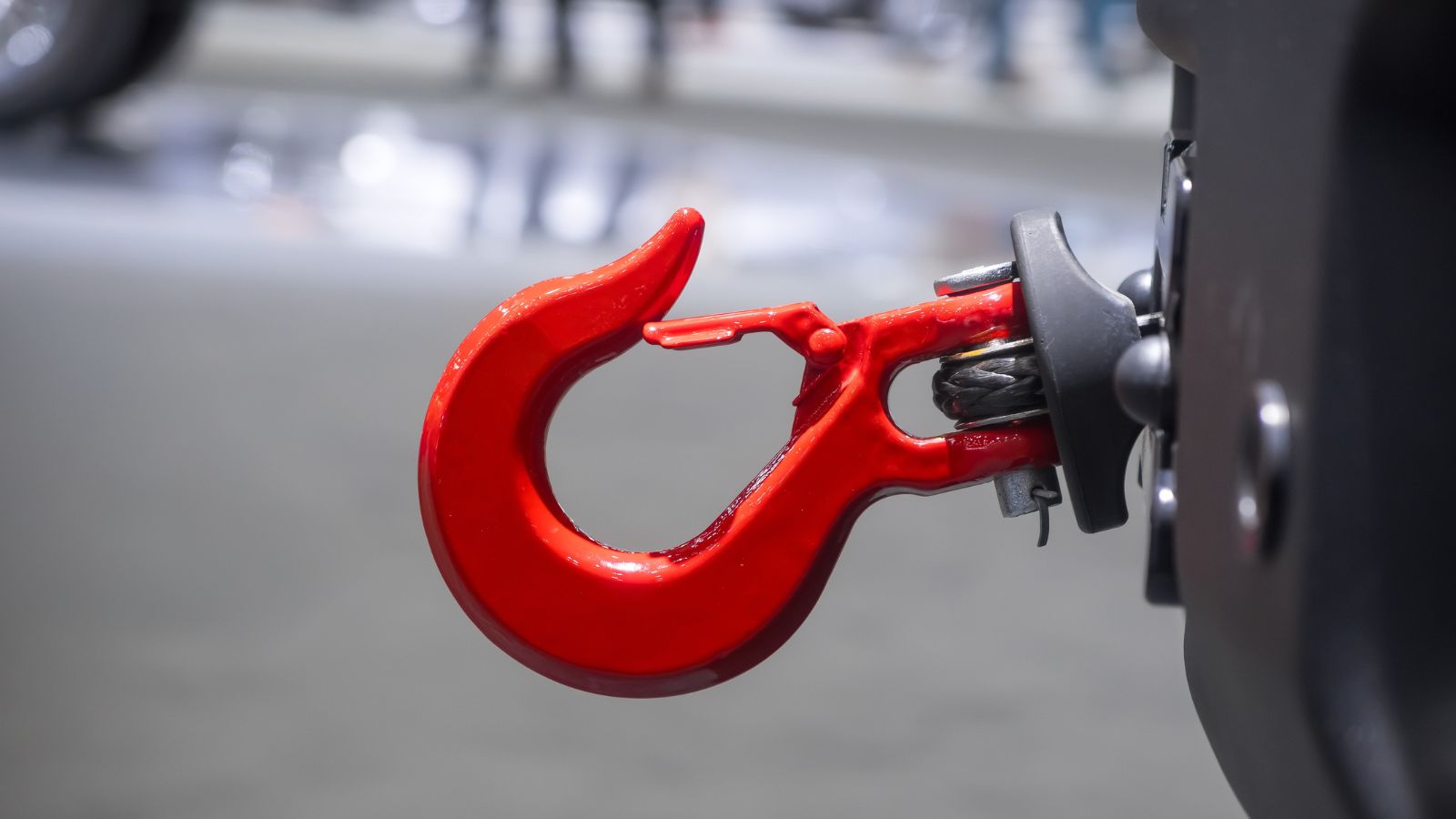
Pickup trucks are icons in North America, but their electric versions often disappoint when towing. Hook up a trailer, and range drops dramatically. Worse, many charging stations aren’t designed with trailers in mind, forcing drivers to unhitch just to plug in. For Canadians used to hauling boats, campers, or work equipment, that’s a deal-breaker.
Overloaded Tech and Screens
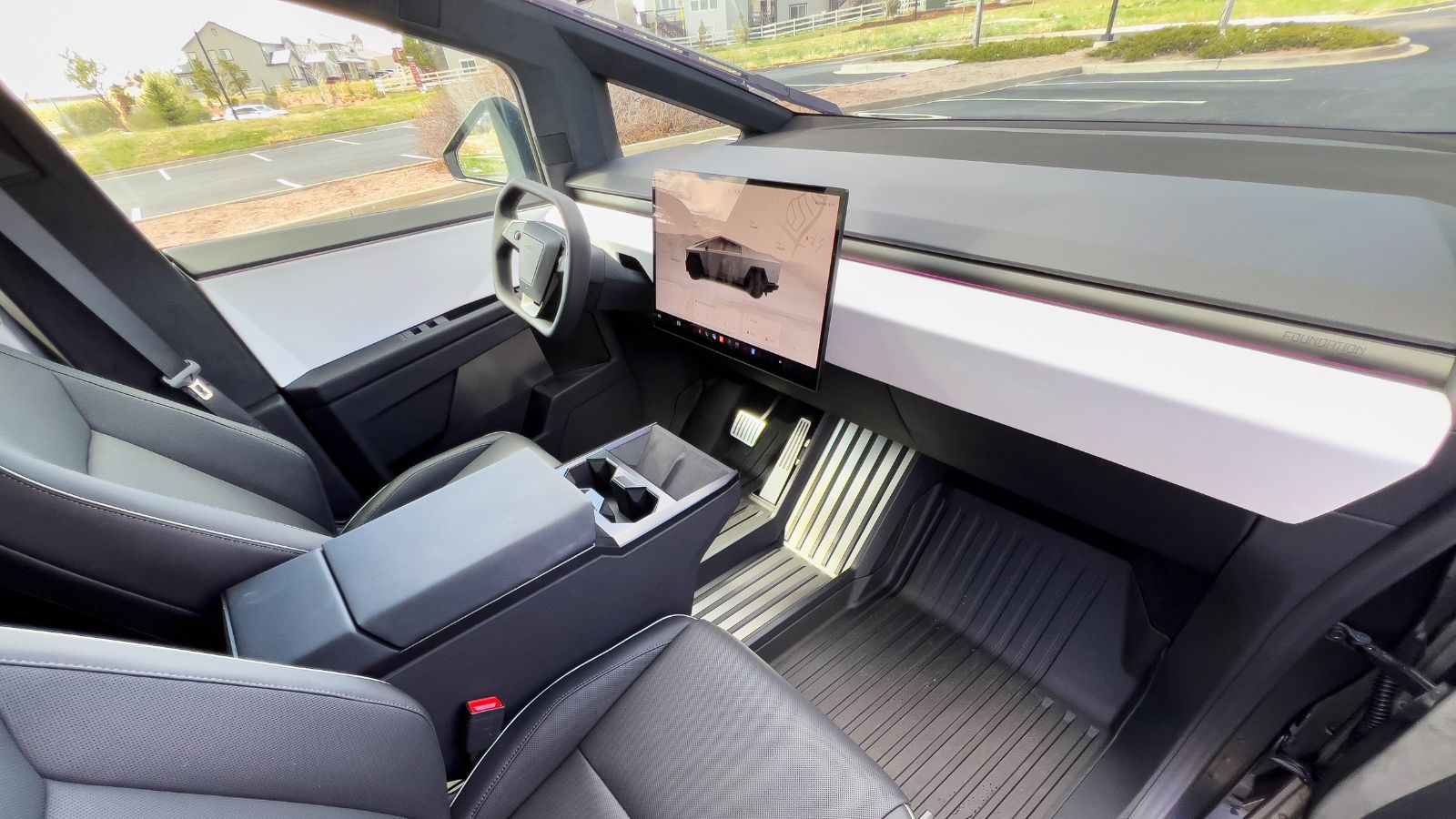
Manufacturers love to brag about futuristic interiors filled with giant touchscreens. But sometimes, the tech gets in the way. Simple tasks like adjusting the air conditioning require navigating through menus instead of twisting a knob. And when the software lags or freezes, you’re stuck waiting on a reboot just to change the radio station.
Charging Etiquette Issues
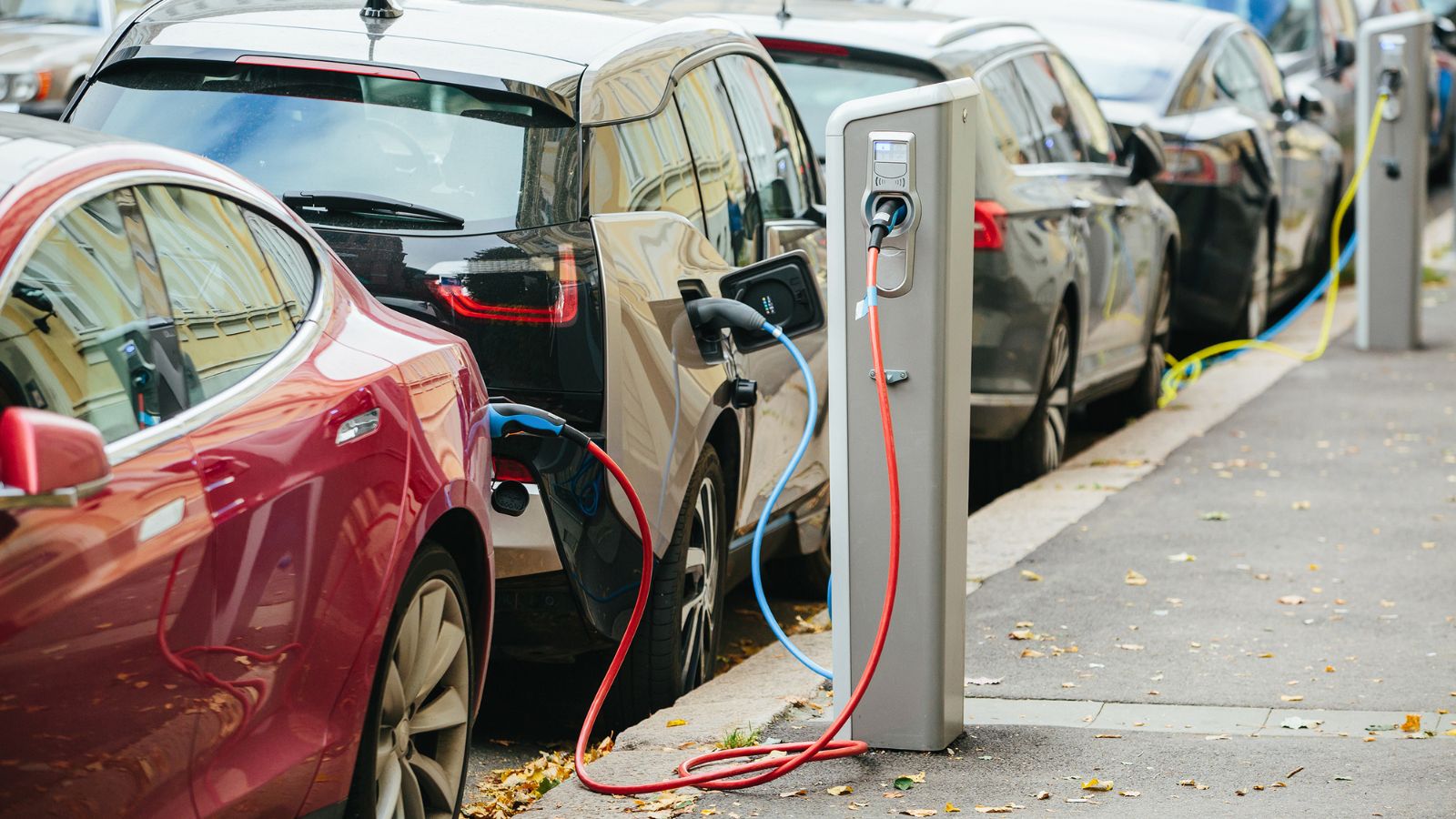
Unlike gas stations, EV charging stations don’t yet have a universal culture of quick turnover. Some drivers leave their cars plugged in long after charging is finished, blocking others. Broken or out-of-order chargers are common, adding to the frustration. Until etiquette and maintenance catch up, charging feels more chaotic than convenient.
Questionable Build Quality
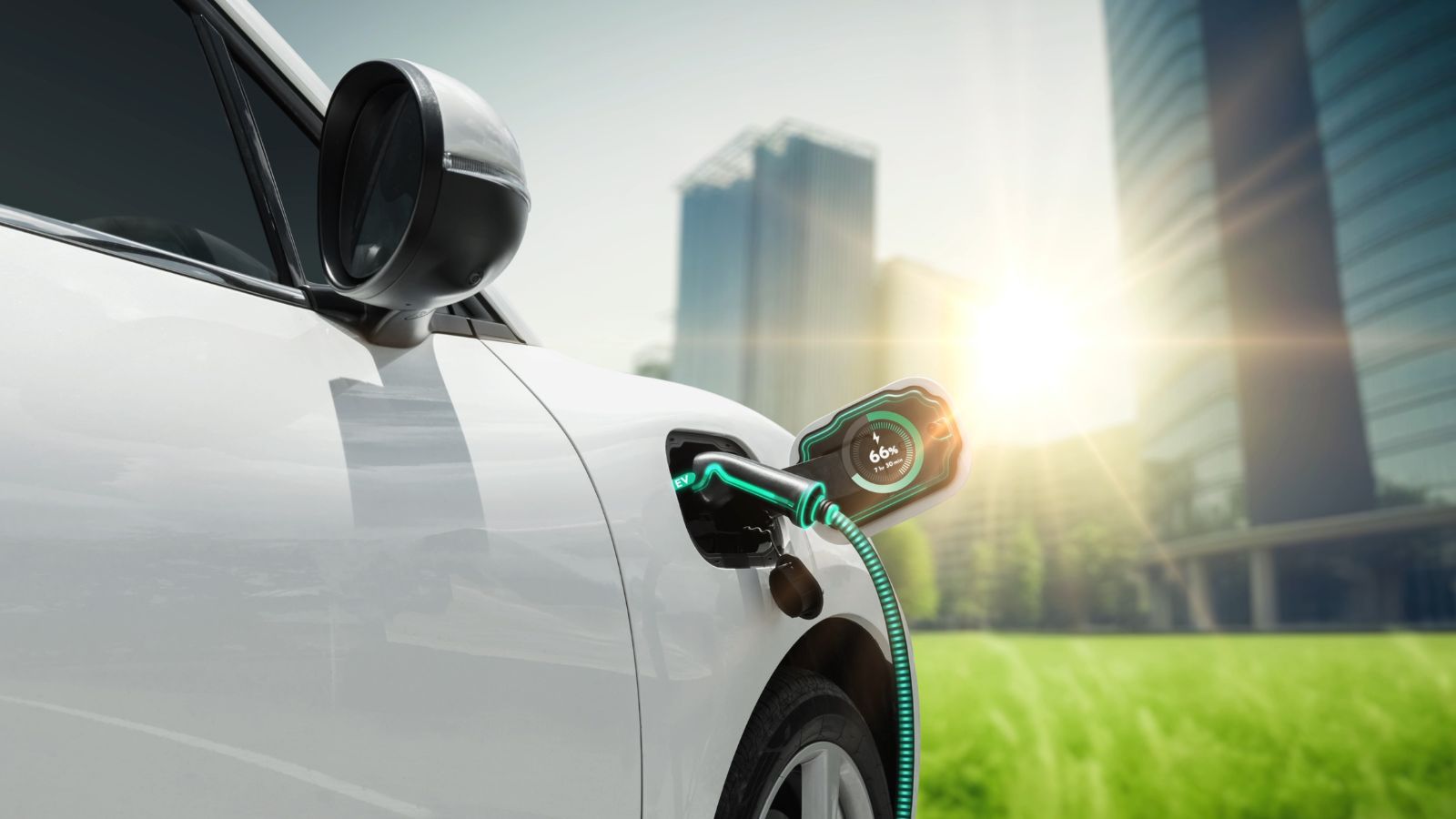
Not every EV is built like a luxury machine. Some models suffer from misaligned panels, squeaky interiors, or subpar materials that feel cheap despite premium prices. For cars marketed as futuristic and advanced, the lack of consistent quality control is a big letdown.
Limited Variety of Models
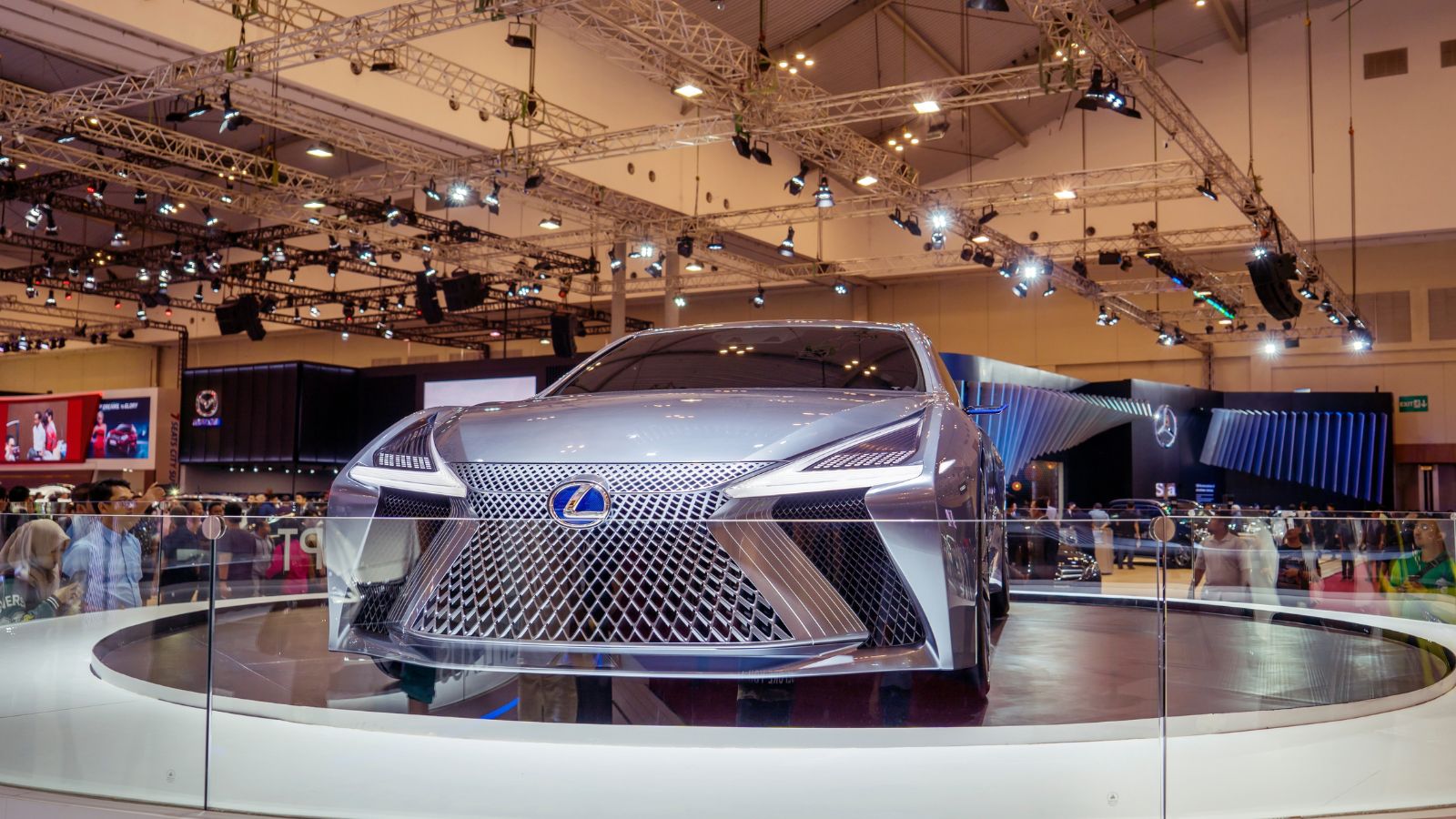
For all the hype about EV innovation, most models on the market are crossovers or SUVs. Fans of wagons, small hatchbacks, or sporty coupes are left out in the cold. While gas-powered lineups still offer diversity, EV buyers are stuck choosing between a handful of body styles.
Empty Promises on Software

Automakers love to advertise that “features will arrive in a future update.” Over-the-air updates sound great on paper, but too often they fail to deliver meaningful improvements. Owners grow tired of waiting months for fixes that never come, leaving cars feeling unfinished even years after launch.
Rising Charging Costs
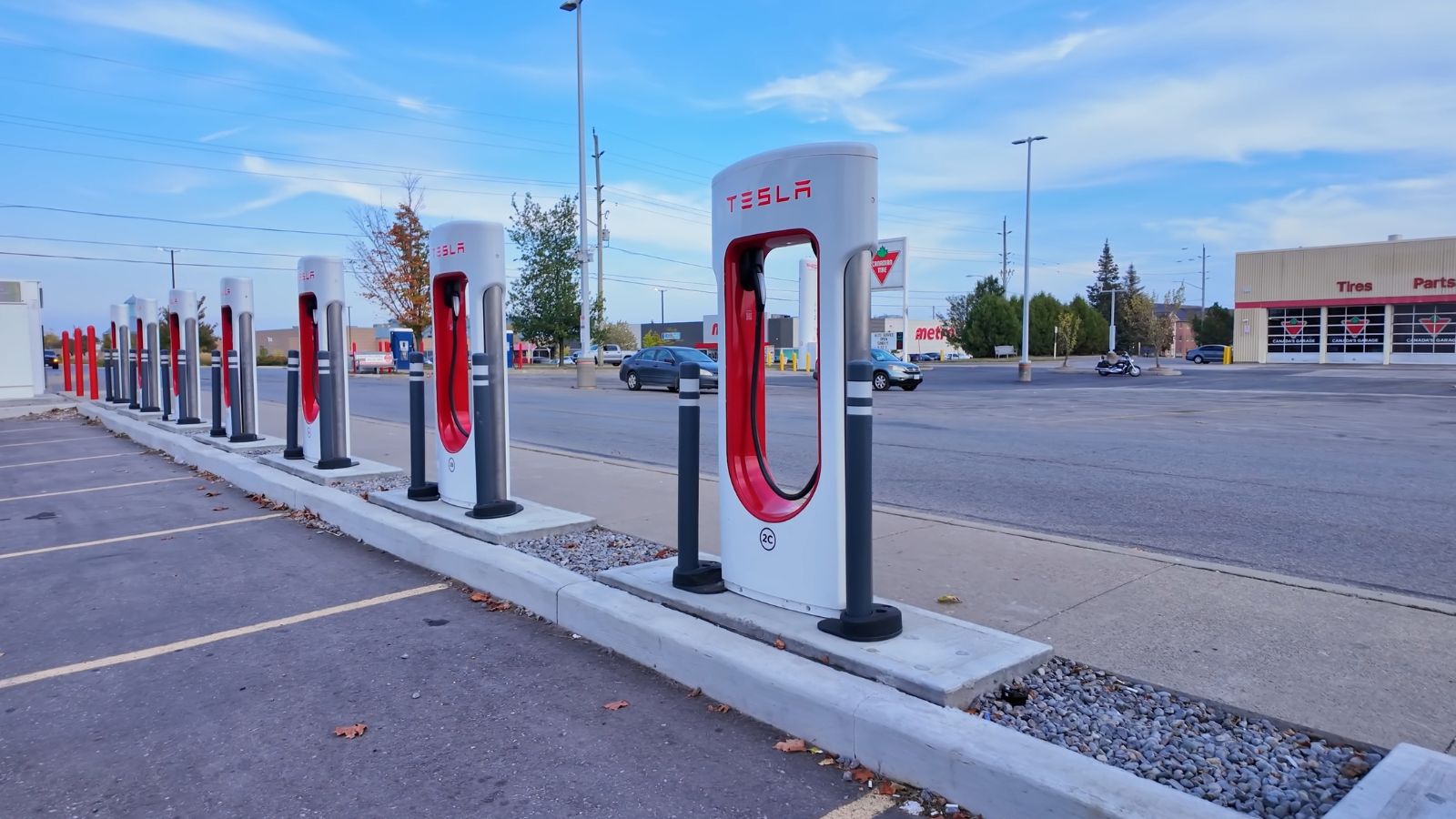
At home, EV charging is generally cheap. But on the road, especially at high-speed chargers, prices are climbing. In some areas, filling an EV battery can cost almost as much as fueling a gas tank. That undermines one of the main selling points of EV ownership—savings at the pump.
Higher Insurance Premiums

Insurance companies see EVs as costly to repair due to their specialized parts and complex electronics. As a result, premiums are often higher than for equivalent gasoline cars. That extra monthly expense eats into any money saved on fuel.
Slow Repairs and Parts Shortages
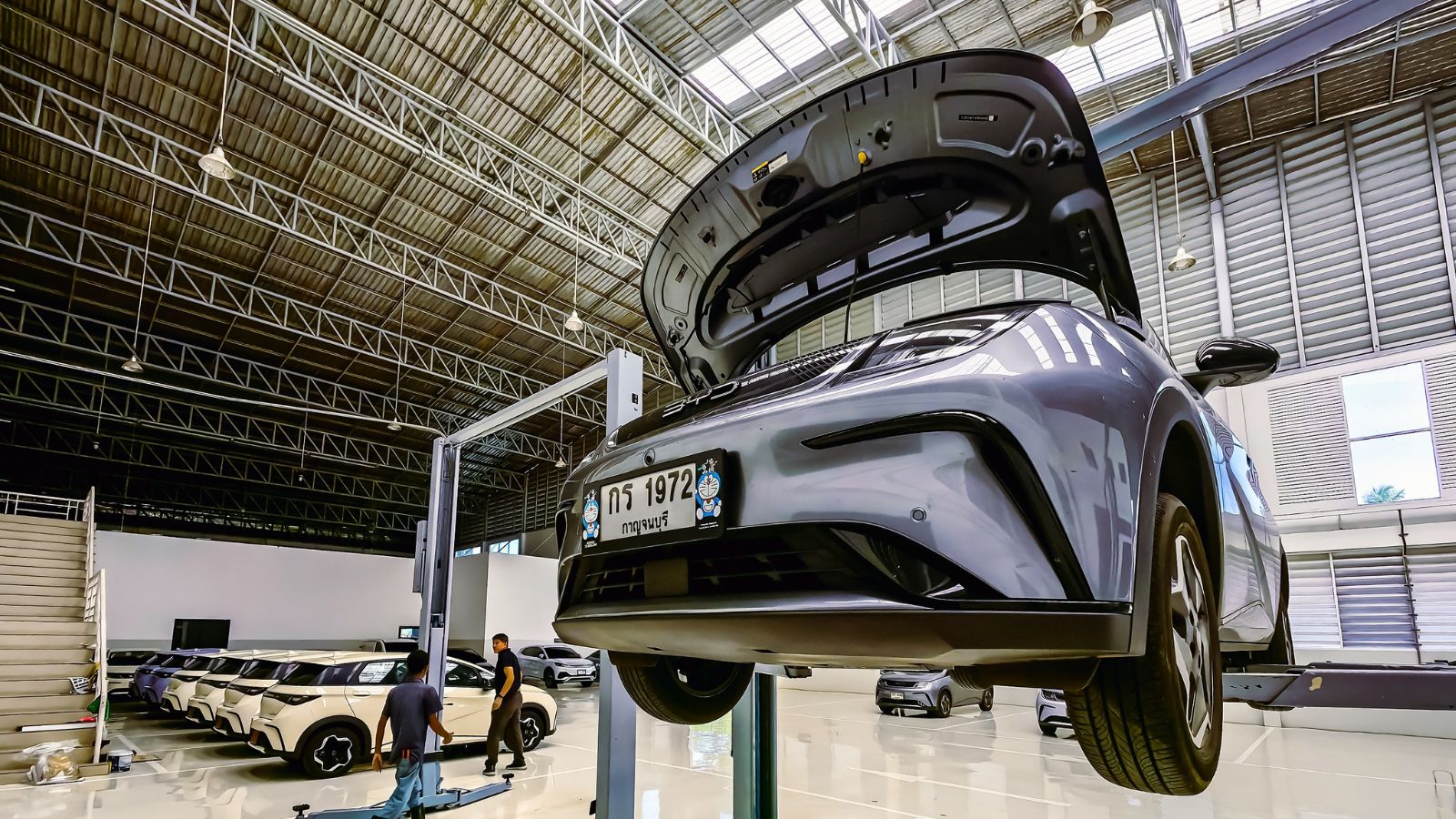
EV technology is still new, and not every shop is prepared to work on them. Owners who run into problems often find themselves waiting weeks or even months for parts or a technician trained to handle high-voltage systems. In the meantime, they’re stuck without a car.
Range Anxiety Isn’t Gone
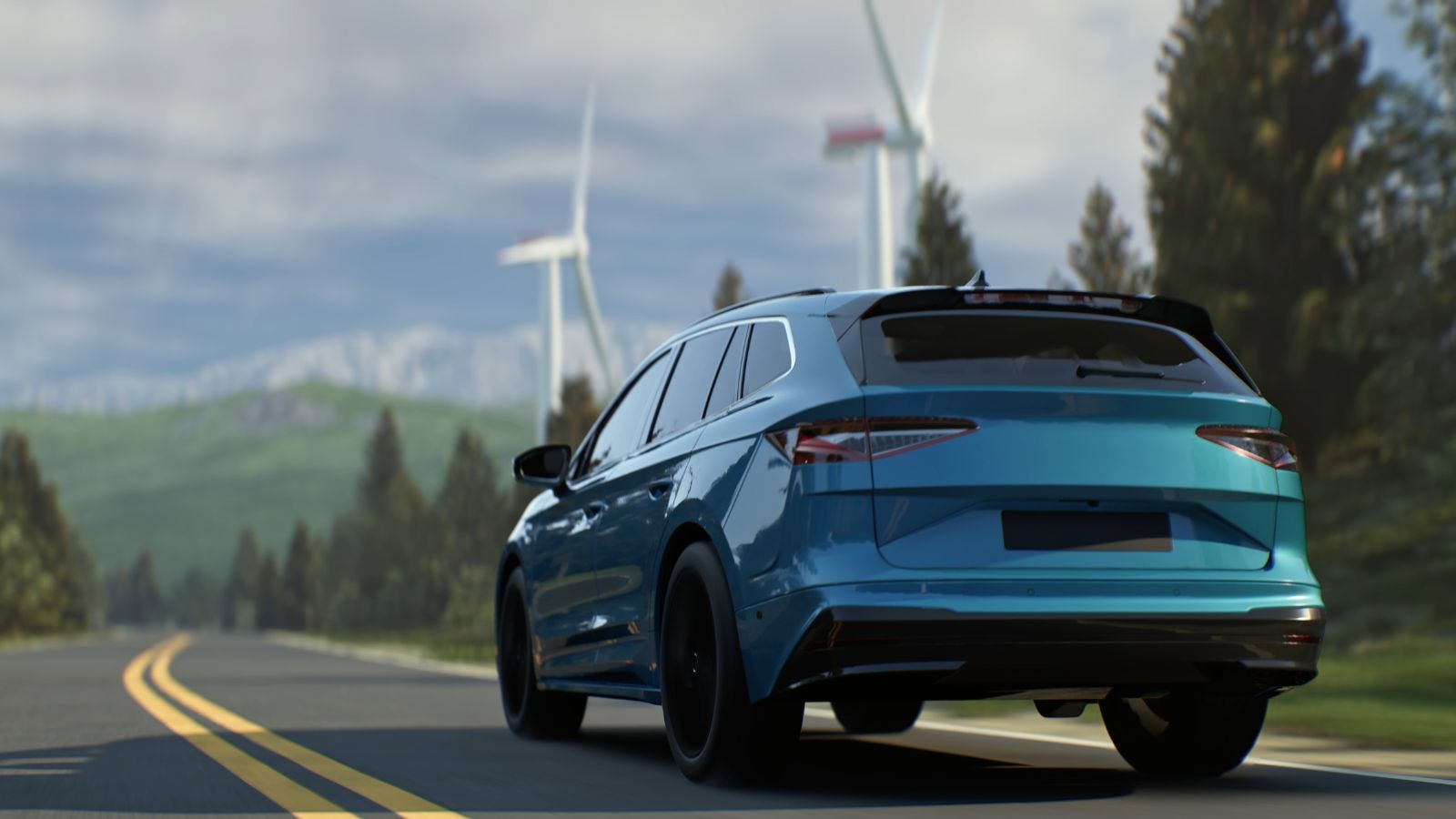
For years, EV advocates promised range anxiety would disappear as batteries improved. Yet the anxiety remains. Planning every trip around charging stations, worrying about detours, and watching the range counter drop are still part of daily life for many EV drivers. Until charging stations become as common as gas pumps, that nervous feeling will stick around.
The Bigger Picture
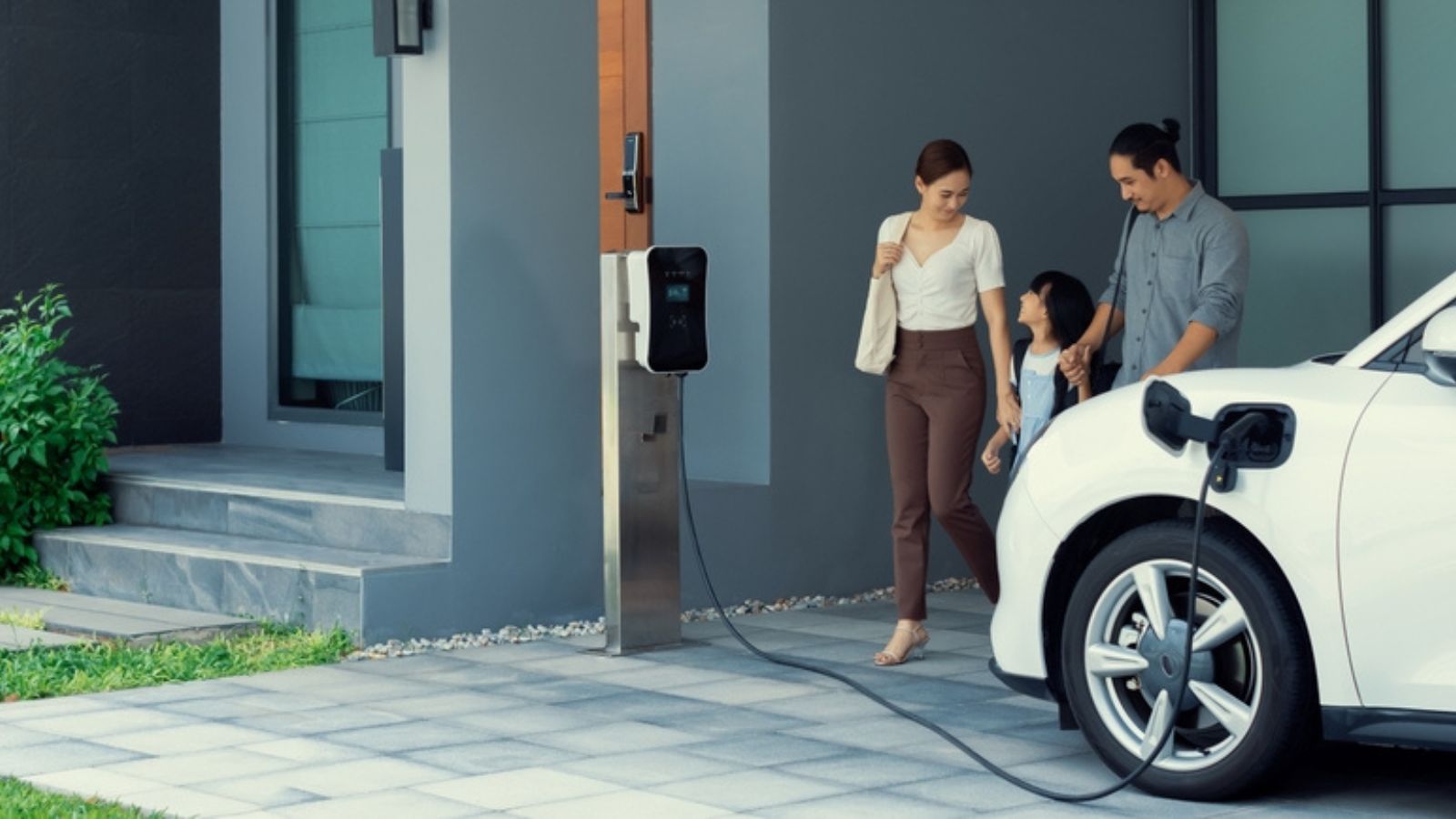
EVs are undeniably a step toward the future, but they’re far from perfect today. Between range limitations, high costs, infrastructure struggles, and hidden ownership headaches, many buyers are realizing that the dream doesn’t always match reality. The technology will evolve, but for now, these twenty disappointments show that the electric revolution still has growing pains.
25 Facts About Car Loans That Most Drivers Don’t Realize

Car loans are one of the most common ways people fund car purchases. Like any other kind of loan, car loans can have certain features that can be regarded as an advantage or a disadvantage to the borrower. Understanding all essential facts about car loans and how they work to ensure that you get the best deal for your financial situation is essential. Here are 25 shocking facts about car loans that most drivers don’t realize:
25 Facts About Car Loans That Most Drivers Don’t Realize
